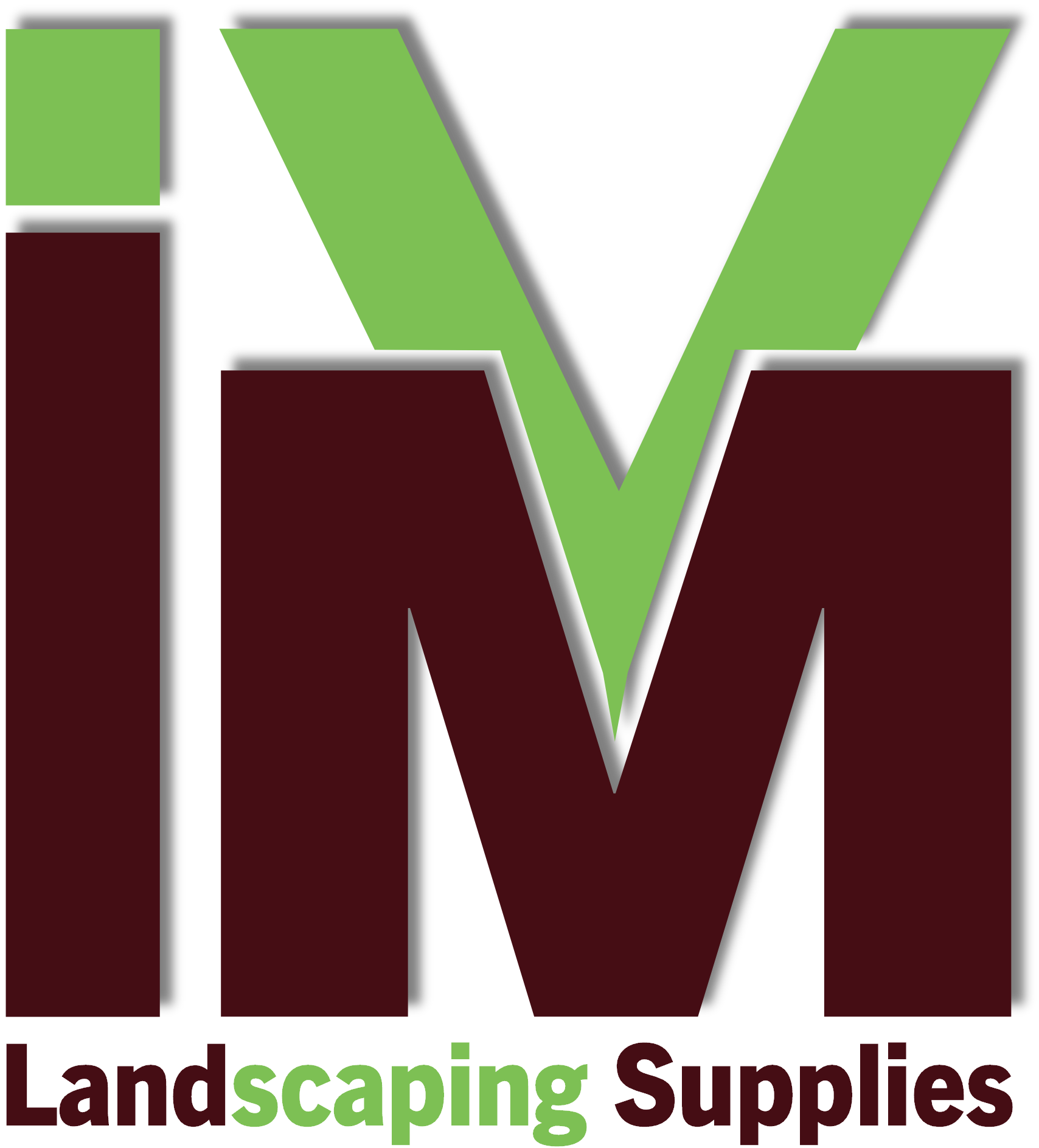Is Bankrupt Bush Eroding the Value of Your Farm?
The aptly named bankrupt bush, also referred to as slangbos or vaalbos, is considered a type of fynbos and often used as bedding material for hikers and campers. Though for many farmers this shrub is anything but soft and comforting and rather a headache that robs farmers of much-needed land. Start researching this shrub online, and you will find endless articles and research papers on Seriphium plumosum, previously known as Stoebe vulgaris, and the problems it creates.
In Afrikaans, there’s a saying that goes ‘geld groei soos bossies’ and when translated it means money grows quickly like shrubs. It’s possible they were referring to slangbos which has spread across South Africa at an alarming rate. Unfortunately, bankrupt bush does anything but grow money and is considered a sign of bush encroachment that threatens the future of farmland and food security.
A Cause For Concern
Truth be told, farmers should be more concerned about bankrupt bush, at the rate it’s spreading, than land appropriation. Bankrupt bush can quickly take seed and invade arable and pasturable land. These are the main concerns with bankrupt bush infestation:
- Costs farmers valuable land. Bankrupt bush is unpalatable to both livestock and game and can quickly invade an area that is overgrazed and further diminish its value. The presence of these shrubs creates a negative cycle – the more bankrupt bush there is, the less pasture there is for grazing animals, the more land is overgrazed and the quicker these invaders spread. According to Prof Hennie Snyman of the Department of Animal and Wildlife and Grassland Sciences at the University of the Free State, the shrub can lower grazing capacity of productive grassveld by up to 80%1.
- Uses valuable resources. Slangbos is a strong competitor for plant nutrients and water and will rob grasses of these resources to survive. More concerning is its allelopathy abilities that allow it to produce biochemicals that influence the germination, growth, survival, and reproduction of other beneficial grass species.
- Causes fire to spread quickly. These shrubs are often used as kindling by hikers and campers because of its ability to take fire quickly. Land that has been invaded by bankrupt bush will be exposed to a severe fire risk and threaten any surrounding arable or pasture land.
Cut It At The Roots
Farmers should be vigilant about weeding out bankrupt bush. The small expense of chemical control is well worth it when compared to the possible value of the land lost to this invader. Chemical treatment of bankrupt bush has proven to be the most effective and the cost of the herbicide can be recouped in a few years.
IVM Chemicals can assist farmers with the correct environmentally sound herbicides, dosages and application advice to treat bankrupt bush. We advise that the chemical treatment be applied directly to the shrub at the prescribed dosage so as not to cause unintended damage to surrounding vegetation. Follow-up treat is necessary as this shrub is sly and can easily germinate.
Should you want to first pull out or chop up the bushes and burn it, do so before it sets seed in a different and safe location – fire stimulates germination. Seed set occurs between February and April. Treat the roots as prescribed by your IVM Consultant. Prof Snyman recommends tackling the camps where the infestation is the least first, then move on to the camps that are heavily affected.
For more information or a quote regarding the treatment of bankrupt bush, please contact IVM Chemicals today.
Resources
